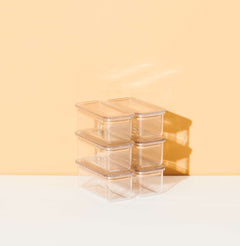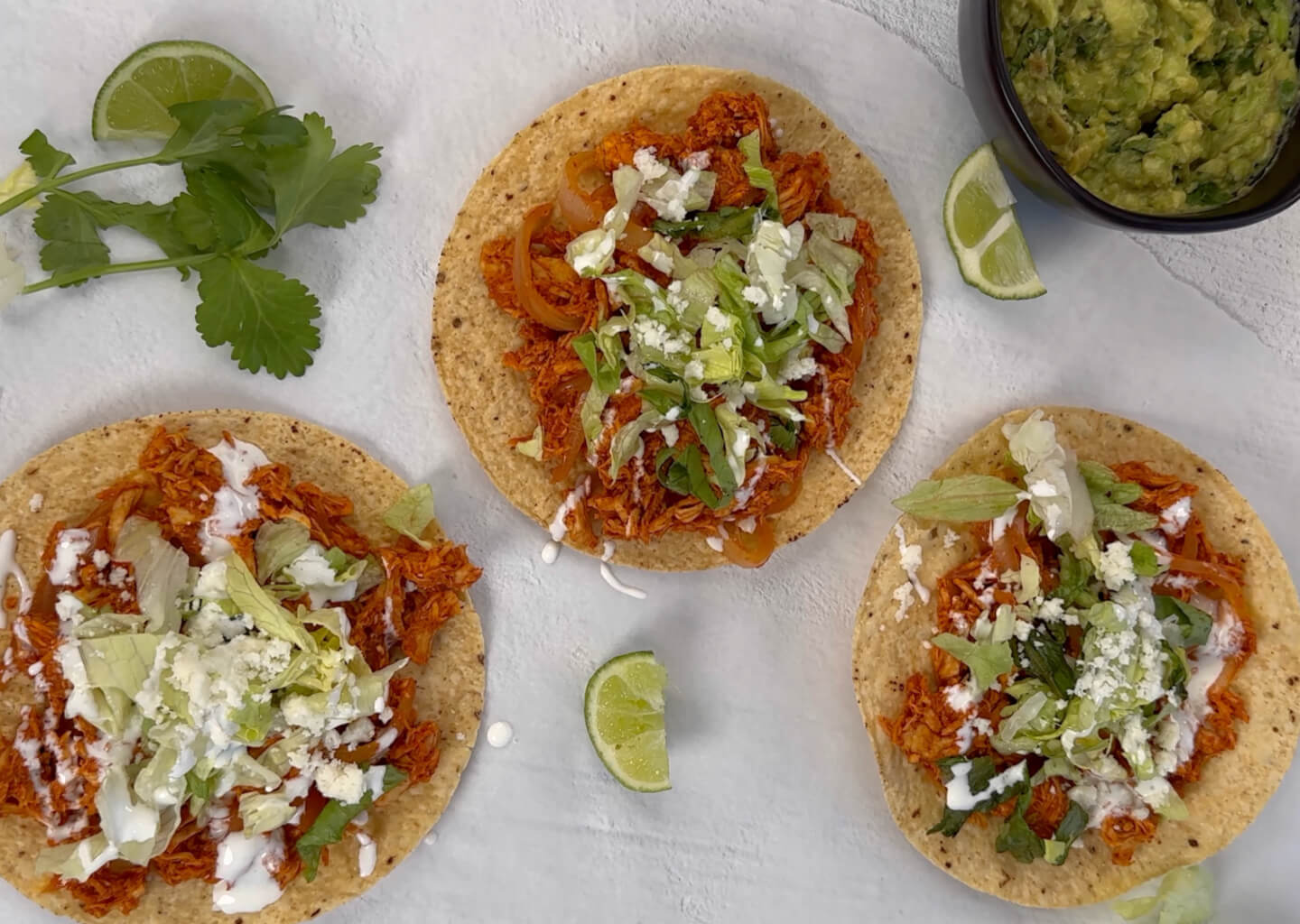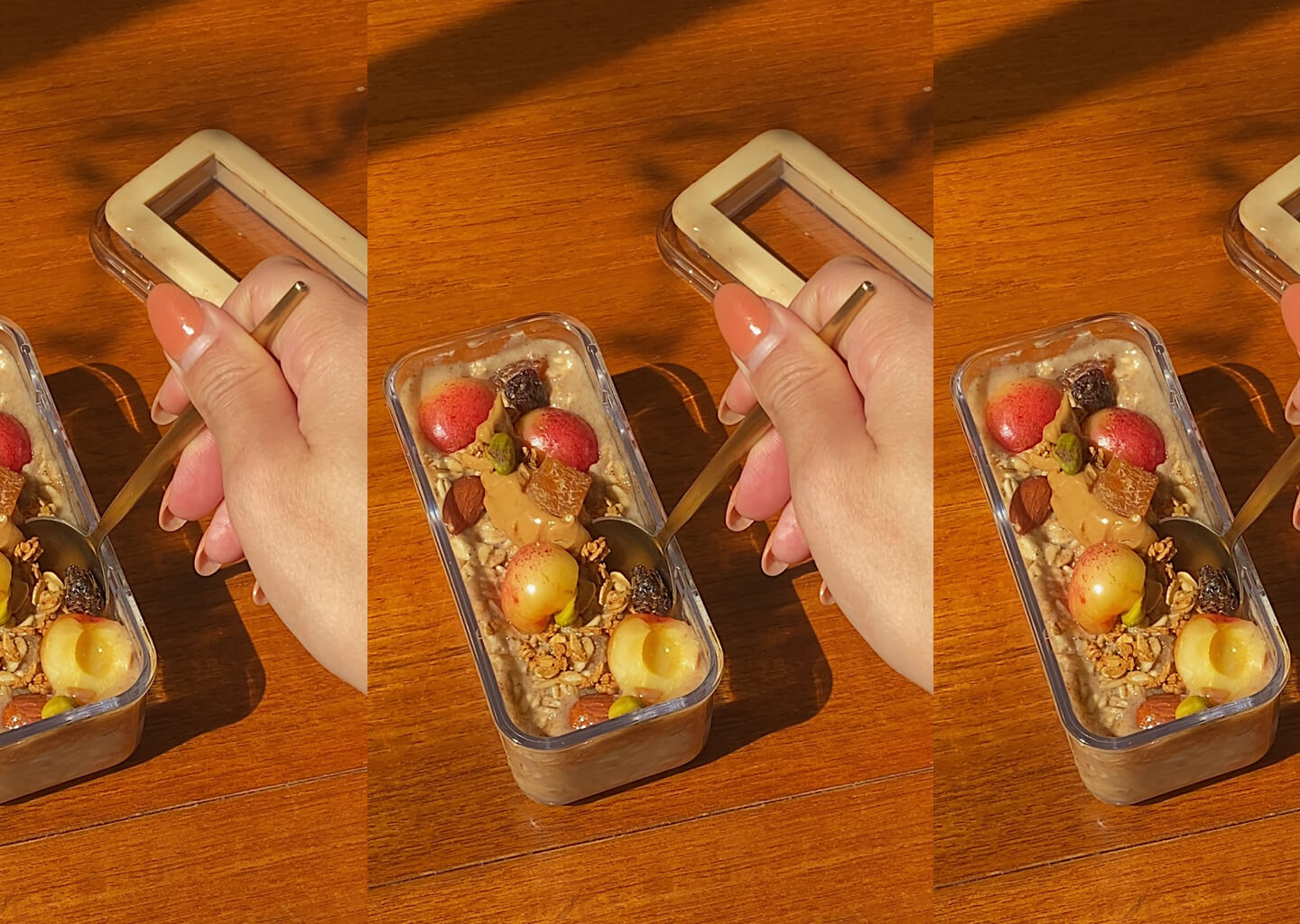Recycling is complicated. It’s hard to quantify the overall impacts from cradle to grave but if you read parts 1 and 2 of this series, you know that how effective recycling is depends on two things:
1. The amount of recyclables that don’t get recycled, and
2. The efficiency of processing the ones that do compared to producing them from scratch.
It’s time to take on the elephant in the sustainability room: Carbon Footprint.
Why is Carbon Relevant?
Recycling, in many ways, is inseparable from climate change. A recycled good’s carbon footprint is determined by the greenhouse gases (GHGs) released when it is produced as well as the GHGs released when it is recycled. That means recycling is both a source of GHGs and a solution. We’ll walk you through the most carbon-intense lifecycle stages of our most cherished products.
Production: The Original Sin of Recycling
Fossil fuels are required to produce most goods either directly or through the energy required to process and manufacture them. At every step in the chain — extracting raw materials, transporting, processing, manufacturing, and distributing — GHGs are emitted into the environment.
Plastics have particularly carbon-intense life cycles. Essentially, they are fossil fuels, made from compressed oil and gas. Sociologist Rebecca Altam even refers to cheap plastics made from fracking as “frackaging”. Crazy fact: just 24 facilities where the building blocks of plastic products are produced in the United States have the combined carbon output of 3.8 million cars driven for one year.
To make things even more dire, a report by the Center for International Environmental Law found that if plastic production and disposal continues on its trajectory, GHG emissions could reach 1.34 gigatons per year by 2030. If that didn’t make you flinch, it’s equal to emissions billowing out of 300 coal-fired power plants.
Waste Management: To Recycle or Not to Recycle, 'Tis the Question
The carbon footprint doesn’t end with production. It continues after we dispose of our products. Just about all of our methods of waste management (dumping, incinerating, recycling, composting) release CO2 or other harmful GHGs into the environment. The choices we make at the end of our goods’ lifecycles have major implications for our environmental footprint.
Even just sitting in a landfill, our waste breaks down, releasing CO2 and methane. For those of us who abandoned chemistry years ago, methane is 23x more potent than CO2.
Recycling emits GHGs as well. The question is, does it emit more or less than doing nothing? Compared to producing goods from virgin materials and dumping them, recycling typically uses less energy, aka fewer emissions. But, just to throw a wrench in, emissions depend on the material being recycled.
We’ve broken down the net emission savings of recycling vs producing virgin products:

As you can see, using recycled aluminium to make cans emits 95% less GHGs than making the cans from raw materials. Glass, surprisingly, is one of the least energy and carbon efficient products to recycle, although it’s still in the positive.
So, What’s the Verdict?
Recycling should never be thought of on its own. It needs to be weighed against the alternatives and over the lifecycle of the material in question.
Recycling is only beneficial in tackling climate change if it offsets the overall emissions of production. And it’s not only recycled materials that affects the net emissions saving, but also where that material is extracted and how far it travels before being bought at your local Target.
We have to remember that net emissions savings are thought of in an ideal world, with a 100% recycling rate. But in reality, we’re falling short — try 9% on for size. With global demand for plastics expected to grow by nearly 22% over the next 5 years, emissions would need to be reduced by 18% just to break even. At our current recycling rate, we don’t even come close.
You might have gathered by now that recycling isn’t the answer to our waste problem. According to Suh and Zheng, transitioning to 100% renewable energy would be the best option, reducing emissions by 51%. In the meantime, though, if we can reuse, instead of recycling or sending waste to landfill, we prevent the need to create the product from scratch, all the while saving resources, energy and pollution.
Let’s fight carbon with smarter usage, not more carbon!
Words by Emilie Swan
Sources:
“Plastic Has a Big Carbon Footprint — But That Isn’t The Whole Story.” NPR. 9 Jul, 2020.
“Fossil fuel industry sees the future in hard-to-recycle plastic.” The Conversation. 10 Oct, 2019.
“Recycling and Climate Change.” North Carolina Department of Environmental Quality.
“Climate Change and the Life Cycle of Stuff.” EPA.
“Is recycling worth it?” Channel 4 News. 14 Jul, 2017.
“Recycling and Climate Protection.” StopWaste.














